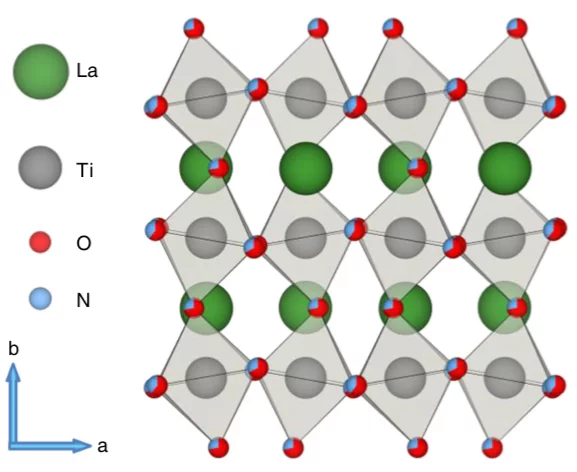LaTiOxNy oxynitride thin films are employed to study the surface modifications at the solid- liquid interface that occur during photoelectrocatalytic water splitting. Neutron reflectometry and grazing incidence x-ray absorption spectroscopy were utilised to distinguish between the surface and bulk signals, with a surface sensitivity of 3 nm. Here we show, contrary to what is typically assumed, that the A cations are active sites that undergo oxidation at the surface as a consequence of the water splitting process. Whereas, the B cations undergo local dis- ordering with the valence state remaining unchanged. This surface modification reduces the overall water splitting efficiency, but is suppressed when the oxynitride thin films are decorated with a co-catalyst. With this example we present the possibilities of surface sensitive studies using techniques capable of operando measurements in water, opening up new opportunities for applications to other materials and for surface sensitive, operando studies of the water splitting process.
Facility: SINQ, SLS
Reference: C. Lawley et al., Nature Communications 11, 1728 (2020)
Read full article: here


